The Johnson & Johnson Controversy: An In-Depth Analysis of the 40,000 Cancer Patients' Lawsuit
"Corporations have neither bodies to be punished, nor souls to be condemned; they therefore do as they please" - Edward Thurlow, 1st Baron Thurlow...
3 min read
Vaishali Raghuwanshi : Oct 8, 2023 10:29:14 PM
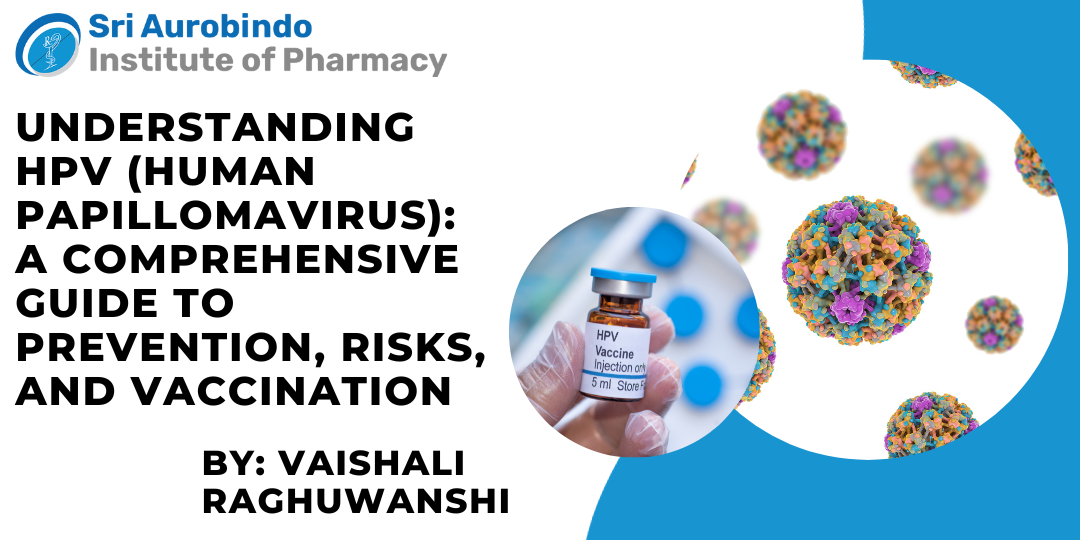
Human Papillomavirus (HPV) stands as one of the most widespread and multifaceted groups of viruses affecting millions globally. Its implications range from benign conditions to life-threatening diseases, making understanding and prevention paramount.
This comprehensive guide aims to shed light on the intricacies of HPV, its transmission modes, associated risks, and the pivotal role of vaccination in its prevention.
HPV represents a vast family of over 200 interconnected viruses. These viruses predominantly target the genital regions, mouth, and throat of individuals, irrespective of gender.
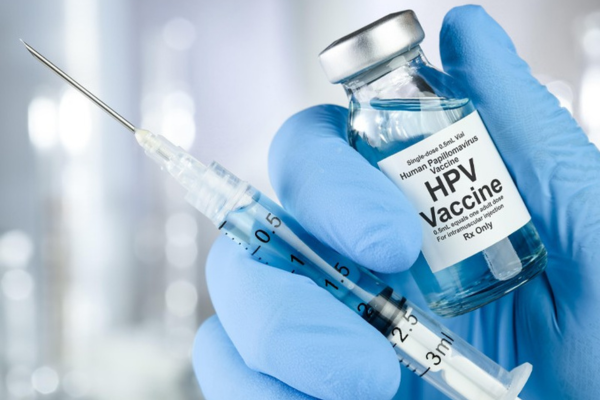
Classified as one of the leading sexually transmitted infections (STIs), HPV's categorization is based on the potential risks they pose:
This category encompasses HPV types that might result in conditions like genital warts. Though bothersome, they are benign and usually don't progress to cancer.
These warts, while not life-threatening, can cause discomfort, embarrassment, and stress. They can appear as small bumps or groups of bumps in the genital area and might take on a cauliflower-like appearance.
While treatments are available to reduce the symptoms and appearance of these warts, the virus can remain in the body, leading to potential future outbreaks.
This group is more sinister, with the potential to cause various cancers, including cervical, anal, and oropharyngeal. Persistent infections by high-risk HPV types can lead to cell changes that, if not treated, may become cancerous.
It's essential to understand that not everyone with high-risk HPV will develop cancer; the body's immune system can often eliminate the virus before it causes harm. However, regular screenings are crucial to detect and manage any potential threats early.
The transmission of HPV is primarily through direct skin contact. This encompasses:
HPV's association with several cancers has made it a significant public health concern. Some insights include:
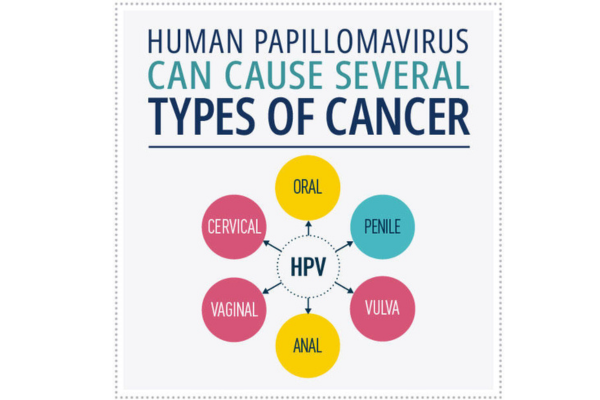
HPV stands as the predominant cause of cervical cancer among women globally. Persistent HPV infections, especially from high-risk types, can lead to the formation of precancerous lesions in the cervix.
If these aren't detected and treated early, they can progress to invasive cervical cancer. Regular screenings, such as Pap tests and HPV DNA tests, are crucial in detecting these changes and intervening early.
Apart from cervical cancer, HPV is implicated in other malignancies, including anal, penile, vaginal, vulvar, and oropharyngeal cancers.
For instance, oropharyngeal cancers, which affect the back of the throat, tonsils, and base of the tongue, have seen rising incidences, especially in men, and are often linked to high-risk HPV types.
Similarly, anal cancers, though less common, are also predominantly caused by persistent HPV infections.
The silver lining is that regular screenings, especially Pap tests for women, can detect HPV-induced changes at a nascent stage, making treatment more effective.
Here are some effective strategies to prevent and control the spread of HPV:
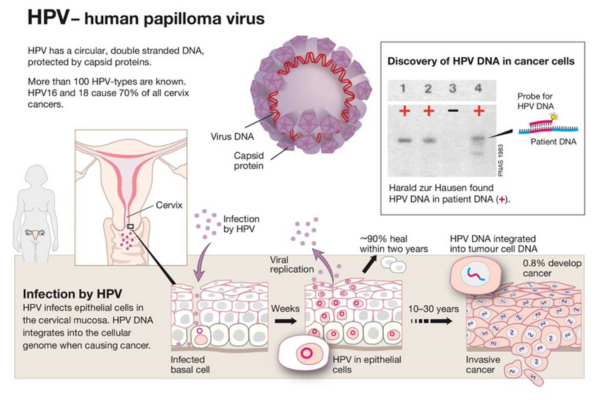
HPV vaccines, like Gardasil and Cervarix, have emerged as potent weapons against the most prevalent high-risk and low-risk HPV types. Some salient features of these vaccines include:
Limiting Sexual Partners: A straightforward strategy is to limit the number of sexual partners, which inherently reduces HPV exposure risk. Engaging in long-term monogamous relationships where both partners have been tested and are aware of each other's HPV status can also be a protectice measure.
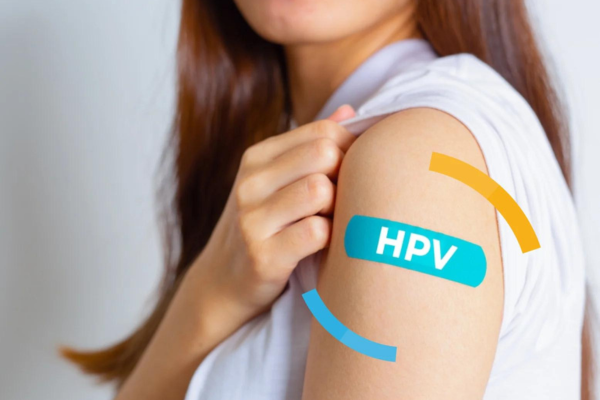
In the battle against HPV and its associated diseases, vaccination emerges as the cornerstone. It's not just about individual protection but also about community safety.
By preventing HPV infections, we can substantially diminish the risk of related cancers, making societies healthier.
HPV, with its vast implications, underscores the importance of awareness, prevention, and timely medical interventions. While the virus is common, the diseases it can lead to are preventable, especially with the advent of effective vaccines.
Regular screenings, early detection, and proactive vaccination are the triad that can combat HPV's menace.
As we navigate this challenge, it's imperative to stay informed, prioritize vaccination, and engage in discussions with healthcare professionals.
Together, we can envision a world with reduced HPV-related diseases, safeguarding both our health and that of future generations.
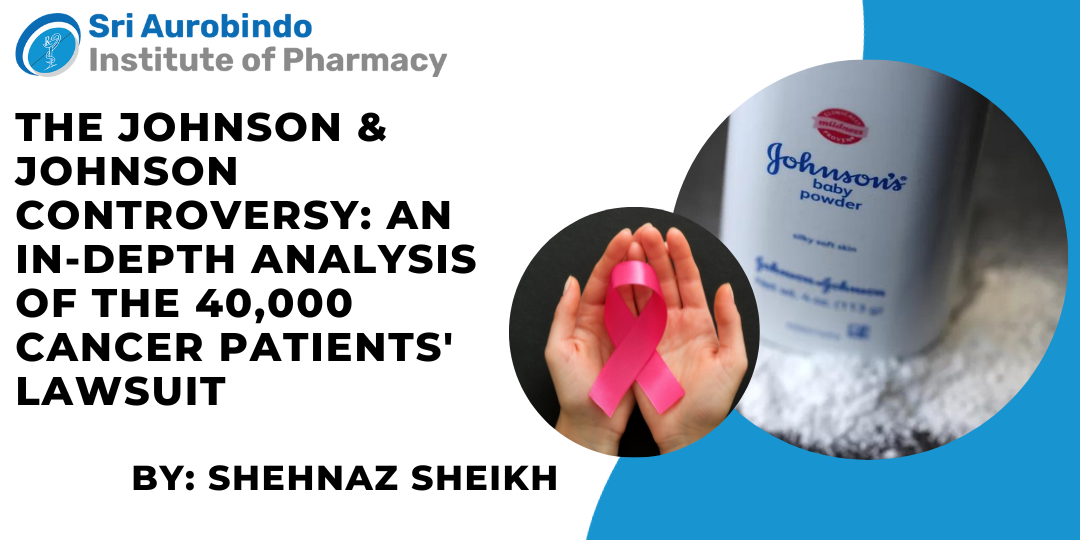
"Corporations have neither bodies to be punished, nor souls to be condemned; they therefore do as they please" - Edward Thurlow, 1st Baron Thurlow...

Congratulations to all the students who have successfully completed their 12th standard! As you embark on the journey of higher studies, it is...
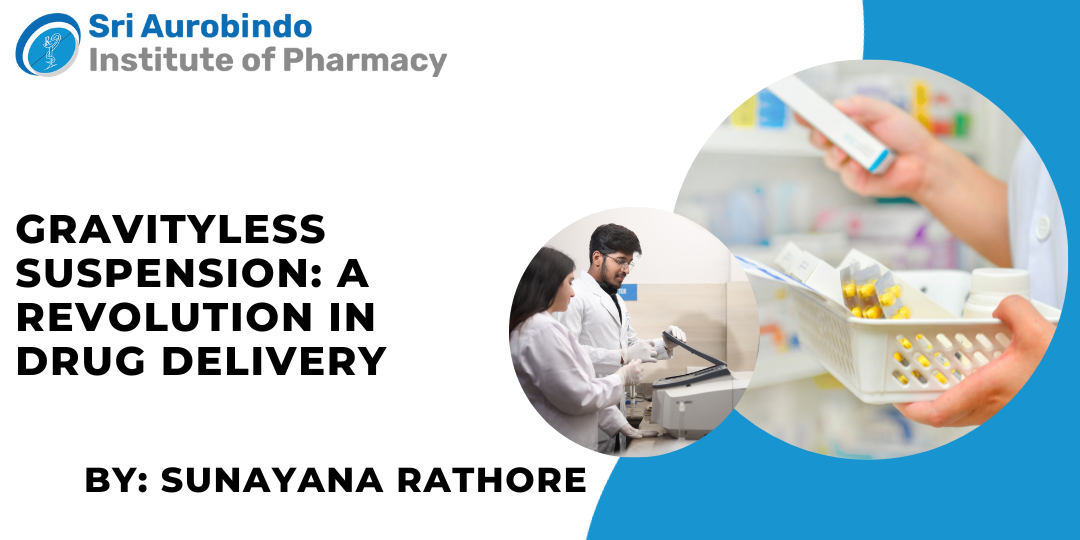
In the ever-evolving world of healthcare and pharmaceuticals, the constant quest for innovation has led to groundbreaking discoveries that have the...